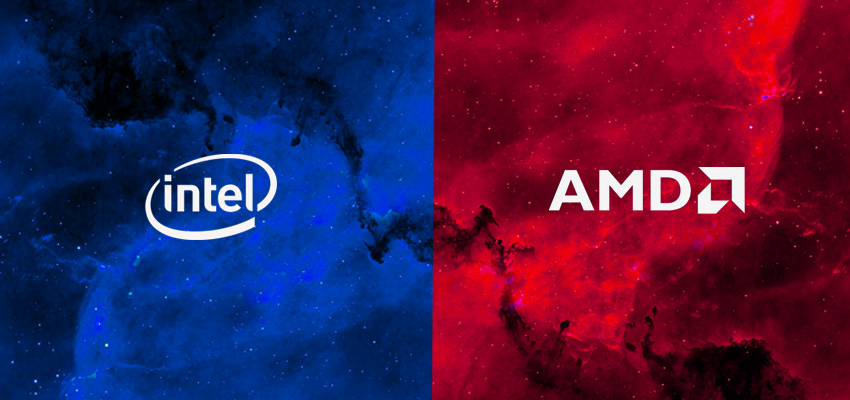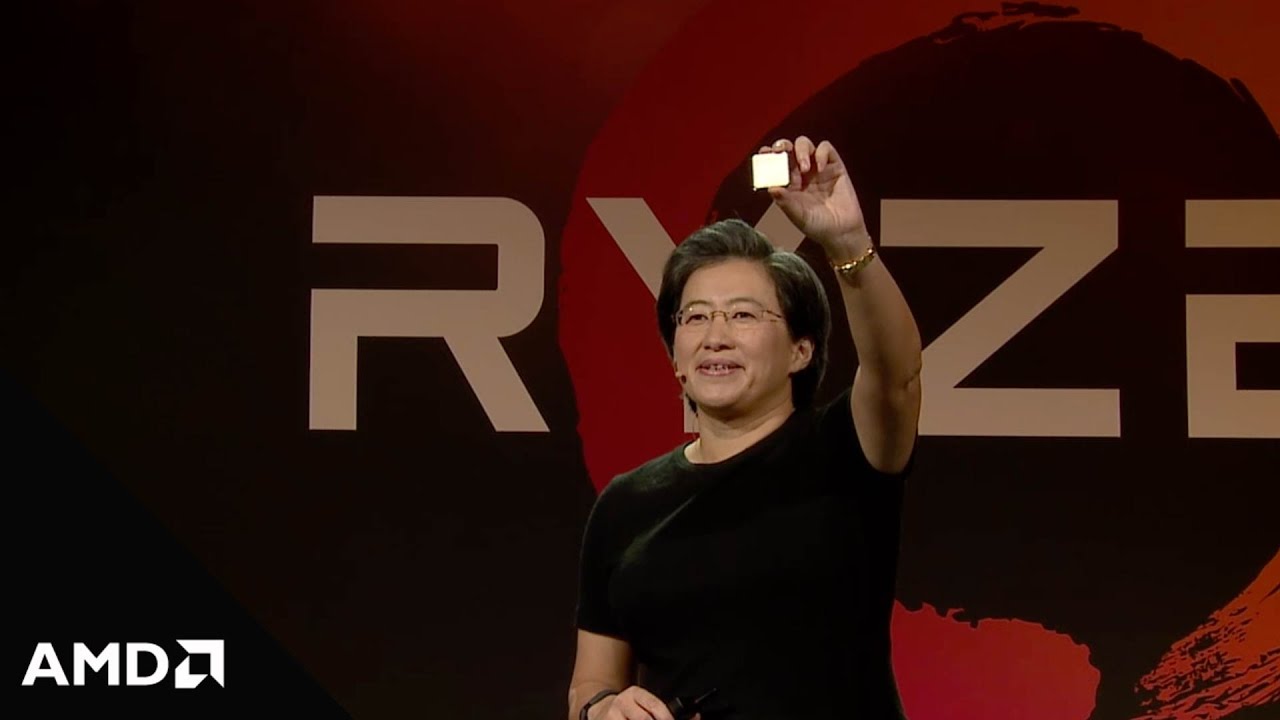
Historic rivalry behind Intel and AMD
Historic rivalry behind Intel and AMD

The birth (1968-1969)
These are the only two companies competing in the PC CPU master race. But let’s zoom back to 50 years ago. John Carter was the president of the Fairchild Semiconductor company back in the 20th century. Somewhere in the 1960s, He used all company profits to fund unprofitable ventures – talk about bad investments. And then was asked to resign.
Many people under him switched to competitors – to National Semiconductor, Molectro, etc. Bob Noyce was considered the natural successor to Carter, but the board decided not to promote him to the position.
Angry with the unfair system Noyce left Fairchild to form Intel with Gordon Moore and some more colleagues in 1968. Just a year later, Jerry Sanders also left Fairchild to form AMD.
And hence the PC master race began – filled with heroic successes, foolhardy errors, and a close shave with rack and ruin.
Initially, both startups we new and started building chips to market and profited decently. But one day Intel got the upper hand when their “X86” chip-architecture was selected by IBM in coordination with MS-DOS. If you’ve heard about “X86”, you’d like to know “X” here is from maths book. It’s a variable.
8086 was the first-ever X86 processor.
Using only Intel’s architecture globally is a recipe for Monopoly. Hence IBM required Intel to find another supplier of the chip manufacturer. Enter AMD, with license and spec for Intel’s “286” chip, began producing for IBM. Intel, to beat the competition, further developed a “386” series but denied AMD permissions to the license and spec for the same.
What to do, they were now left with one option – to reverse engineer the chipset. Before AMD could build their own version of 386, the “Am386DX”, Intel had already come up with “486”. But the “Am386DX” was better than Intel’s “386” and was close to “486” in performance. Still, though, analysts started calling AMD “Dead”, largely because of the time needed to reverse-engineer the chips is always going to put AMD a step behind.
Not to be mistaken though. AMD’s alternative offering to “486” was 20% more performant than Intel’s. Enough to help AMD double the revenue within 4 years to $2 Billion by 1994. Fast forward to the 21st century. X86 was boring now and the time had come to zoom up the computing game. Both the candidates were ready for the duet and it began in the early 2000s. Both of them came up with their own 64bit architectures by 2003. But there was one difference…
What Intel developed did work but had one limitation they did not realize until… AMD showed 64-bit can be backward compatible too! AMD designed their 64-bit architecture for the “Opteron” processor series keeping it perfectly compatible with Intel’s x86 spec. There was no point fighting for their own work, and intel had to drop their arch and license the “amd64” spec to remain in the business. Ouch, that name must’ve hurt Intel so much. They alternatively call it “X86_64” architecture to feel less bad.
How the tables turn, For the first time really, AMD went first to market with new development, and Intel had to chase to match the technology. But here also, Intel had an upper edge because they focused on marketing while AMD not so much. “Pentium” and “Intel Inside” and embodied in our nerd-heads and were selling more. But while Intel was doing awesome in sales and marketing. AMD was pushing into more R&D.
Two years later, AMD dropped another innovation bomb. The first-ever dual-core processor – AMD Athlon 64 X2. But again, didn’t market enough. And one year later Intel came up with Core 2 Duo, which outperformed the Athlon.
Intel’s market capturing tactics and AMD’s fall
The thing to note here is its not just AMD’s lousy grip on advertisements pulling the market down for them. Intel was paying Computer OEMs for the exclusivity – to Not use AMD products. Hence, there was sudden decline of AMD powered systems from Dell, HP, Lenovo and others.
Intel’s offerings were on par with AMD’s along with their market capturing tactics doing even better. Naturally, AMD had to do something about it. For some reason, marketing is never their first thought so they came up with an idea to bring GPU to business now and brought Array Technology Inc.(ATI) for $5.4 billion in 2006. That may or may not sound big to you, but even they quickly realized this was an over-evaluated purchase. The GPU company wasn’t worth that much at that time.
Now AMD was selling CPUs and GPUs both. (GPUs under Radeon naming). Plus experimenting for the next Innovation. And they did come up with what’s called an APU(Accelerated Processing Unit) – It’s a combination of GPU and CPU in a single chip. Yeah, the same Integrated graphics thing but these were better than the basic Intel’s integrated graphics offerings.
The more you know: AMD sold their Imageon handheld GPU SOC and Qualcomm who then rebranded it to Adreno, which is an anagram of “Radeon”.
However, this didn’t help much because the CPU offerings and brand identity were falling. The years 2010 – 2015 became the dark ages. They started targeting budget zones for both CPUs and GPUs. But that didn’t fare very well. Intel had a better grip in the market already and had no worthy competitor posing challenges. To add, Nvidia was making life harder for AMD on the graphics side.
AMD had to fix their stuff.
2016 and beyond – A new beginning
Without much competition, Intel slowed innovation as well. Almost all of the intel’s new CPU offerings kept on receiving slight upgrades generation after generation. Just enough to keep the revenue flowing. AMD had Jim Keller working on redesigning the CPUs.

Dr. Lisa T. Su assumed the position of CEO in 2014 and in 2016 AMD Introduced the Ryzen processor (based on their new Zen microprocessor architecture). The revolutionary new architecture allows AMD to compete with Intel’s double priced offerings. All while giving 150% of AMD’s previous best processors. Talk about the end climax of movies. AMD is back stronger.
Reported last year, AMD for the time in 14years has snatched up 40% CPU market. Win!
 Graph from wccftech
Graph from wccftech
Under Lisa’s leadership, AMD looks back on track. Much needed as this sector is on the verge of Monopoly - the moment either of Intel, AMD or Nvidia shuts down. The corresponding desktop CPU/GPU sector will hit super high prices and minimal innovations up forward. I love AMD for them fighting back with innovation and worthy upgrades instead of playing marketing tactics.
Which processor does your computer run?